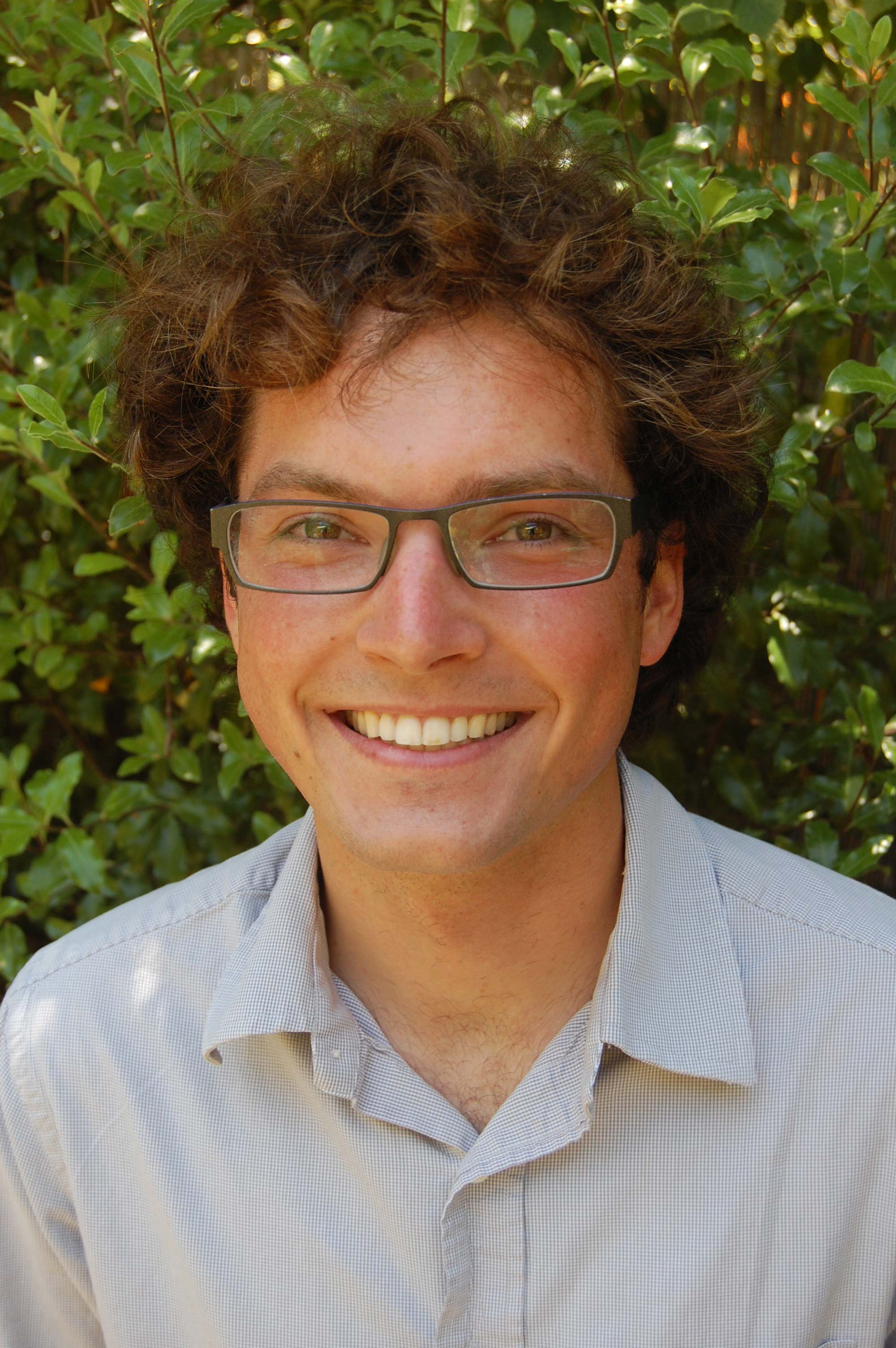As an undergraduate at the University of Washington, I worked with Professor William Reinhardt on aspects of modeling processes in Bose-Einstein Condensates (BECs).
During my senior year, I worked on simulating BEC splitting experiments, in which a single well potential is deformed into a double well potential. In the initial state, the Gross-Pitaevski (GP) equation describes the condensate. In the final state, the system is well modeled by the two mode Bose-Hubbard Hamiltonian. Graduate Student Douglas Faust developed a technique for simulating intermediate regimes, and I developed computer programs to implement this technique in two spatial dimensions.

Click the image to the left to view a video of time evolving spatial density of a condensate during barrier raising.
My work on this topic was presented at the 2009 DAMOP Conference (abstract), the 2009 University of Washington Undergraduate Research Symposium, and the Quantum Chemistry and Quantum Computational Physics in the Theory of Ultra-cold Gasses Workshop at the Telluride Science Research Center.
For my first project, I investigated the possibility of directly measuring Schrödinger Cat type states in BECs. Using the framework of quantum state diffusion (QSD) I considered the effects of measurement on extreme superposition states, including particle loss. We hoped to explore whether direct measurement of less extreme superposition states might be possible. The group eventually developed a truncated model which captured the important features of the full QSD calculations at much lower computational cost. This model is described in the following paper:

W. P. Reinhardt, Cynthia A. Stanich, and Cory D. Schillaci, Schrödinger Cats in Double Well Bose Condensates:
Modeling their Collapse and Detection via Quantum State Diffusion,
(Proceedings of the 4th Saudi Physical Society Meeting, Riyadh,November 2008) in Applied Math & Information Sciences 3,
273-299 (2009).
In the Summer of 2008, I also participated in the Summer Student Program at DESY in Hamburg, Germany. During my time there, I worked with the HERMES group using elastic scattering events to help calibrate the recoil detector.

